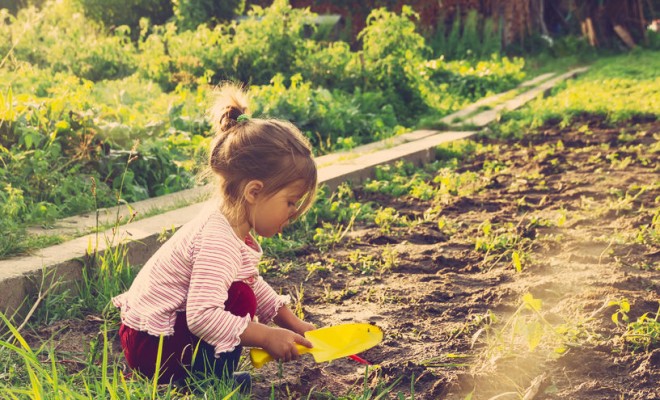
Child Development
Natural Born Learners
The Outdoor Teaching & Learning Environment
‘One touch of nature makes the whole world kin.’ – (William Shakespeare: ‘Troilus And Cressida’)
From the moment they enter the world, young children are constantly engaged in the essential task of making sense of their environment, an activity we define as ‘learning’ in its broadest sense. Even tiny babies are naturally programmed to extract important clues from the swirl of sensory experiences to which they are perpetually exposed. This mechanism ensures they scan every available scrap of evidence in order to make their understanding of reality as accurate as possible. Therefore it’s hardly surprising that, as they grow, young children develop and refine these holistic learning skills which have served them so well, and are thus naturally attracted to multi-sensory domains such as outdoor landscapes.
Holistic learners in their element
Describing preschool learners, developmental psychologist Alison Gopnik (2005) notes that modern research has revealed:
‘… [young] children are far, far smarter than we would ever have thought. Their brains are more connected,more flexible and more active than they will ever be again. They already think abstractly, reason and draw the right conclusions from data.’
This predisposition for ‘360-degree’ learning is a compelling explanation for the excitement, enthusiasm and intense engagement early years children exhibit during outdoor play. Supporting this view, Fontana observes that ‘practical experience … serves as the raw material for their thinking’, whilst Isaacs (1952) believed that:
‘Words are at first merely a way of pointing to things, and but empty sounds until the children have had a rich contact with the things themselves, and explored them with hand and eye.’
Custom-made learning resource
Discussing the sheer diversity and scale of the outdoor environment, Kellert (2002) has identified nine categories of immersive, nature-derived experience depicted in Figure 2.1 below.
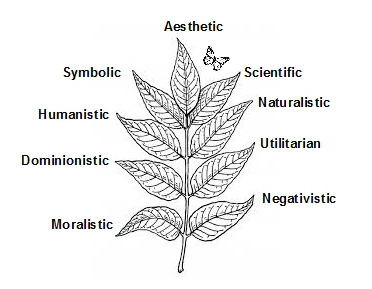
Figure 2.1 Typology for experiencing nature (Inspired by Kellert, 2002)
His ‘aesthetic’ dimension references the beauty of the natural world, ‘humanistic’ acknowledges our emotive commitment to nature and landscapes, ‘moralistic’ denotes our spiritual attachment and feelings of ethical responsibility for environmental conservation, and ‘negativistic’ describes our fear of nature’s awesome power.‘Scientific’ encompasses our primal need to understand the natural order, whilst ‘dominionistic’ relates to our innate drive to conquer and control natural forces. ‘Utilitarian’ expresses our human utilisation of those same forces and natural cycles, and ‘symbolic’ details our use of natural imagery in thought and language, whilst ‘naturalistic’ refers to our direct experience of natural phenomena.
Kellert’s comprehensive catalogue of the natural outdoor world illustrates the breadth and depth of its wonderful capacity to fascinate young learners. This concept is echoed in Thomas & Harding’s ‘areas of development’, a framework the authors use to discuss outdoor play and its role in learning. Listed in Figure 2.2 below, these headings provide a useful structure for thinking about key aspects of teaching and learning outdoors.
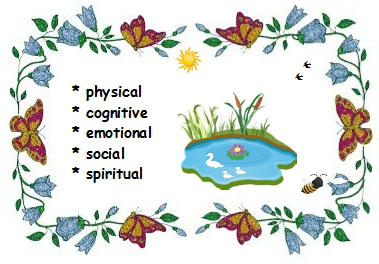
Figure 2.2 Learning and developing through play: ‘areas of development’ (Inspired by Thomas & Harding, 2011)
The physical domain
Free physical movement of every kind is undoubtedly best-supported by the outdoor environment and, Margaret McMillan believed, is ‘almost as much wanted as food and air’ by every child between 1 and 7 years of age:
‘To move, to run, to find things out by new movement, to feel one’s life in every limb, that is the life of early childhood.’ (McMillan, 1919)
As McMillan clearly implies, and contemporary research has unquestionably established, physical movement not only promotes health and physical growth, it is also a vital precursor of cognitive development. Thomas & Harding detail its importance by explaining that:
‘Children need to experience the world through their senses and movement before they can develop mental maps and abstract thought.’
Defining The Outdoor Classroom – Download Free eBook
The cognitive domain
The ‘outdoor classroom’ is crammed with real experiences: for example, growing and harvesting potatoes, baking them on an open fire, then eating them freshly cooked amidst an evocative aura of woodsmoke. Problem-solving activities also abound: ‘They count, make up songs … measure and experience flow, gravity, and forces’, whilst enjoying ‘ discoveries, imaginary play, exploration … big spaces that afford climbing, crouching, rolling, mixing, painting and building – all within a risk-assessed environment that allows children to be safe to do, rather than safe from doing.’ (Woods, 2013)
Whilst exotic resources are not necessary for most of these activities, practitioners planning new equipment and experiences will find the suggestions offered by Kritchensky et al (1977) concerning the relative value and functions of resources which offer different levels of complexity are very helpful – see diagram below.
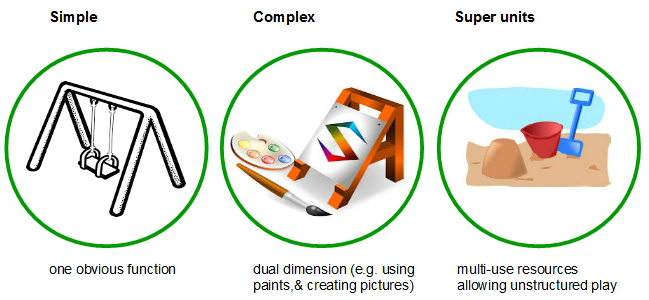
Figure 2.3 Classification of equipment (Inspired by Kritchensky et al, 1977)
Though each type of equipment is definitely required, super units offer children the most diverse and interactive functionality.
The emotional domain
‘Rough and tumble’ outdoor play defines relationships, opportunities for autonomy and responsibility promote confidence and self-esteem, and varied spaces allow children to encounter a mix of vibrant community together. Moments of quiet reflection are equally possible in landscapes where ‘the colours change, the temperature changes, the feel of the outdoors changes all the time’. (Education Scotland, 2015)
The social domain
Different age groups can interact more naturally outdoors while taking on complementary roles in group play. Once again rough and tumble activity builds and tests friendships – and often demands tolerance and assertive responses in equal measure. Co-operative play mixes roles with children often directing adults in child-devised imaginary settings, and the large spaces and rich diversity of the outdoors allows those with additional needs to feel genuinely included while being able to participate at their own comfortable level.
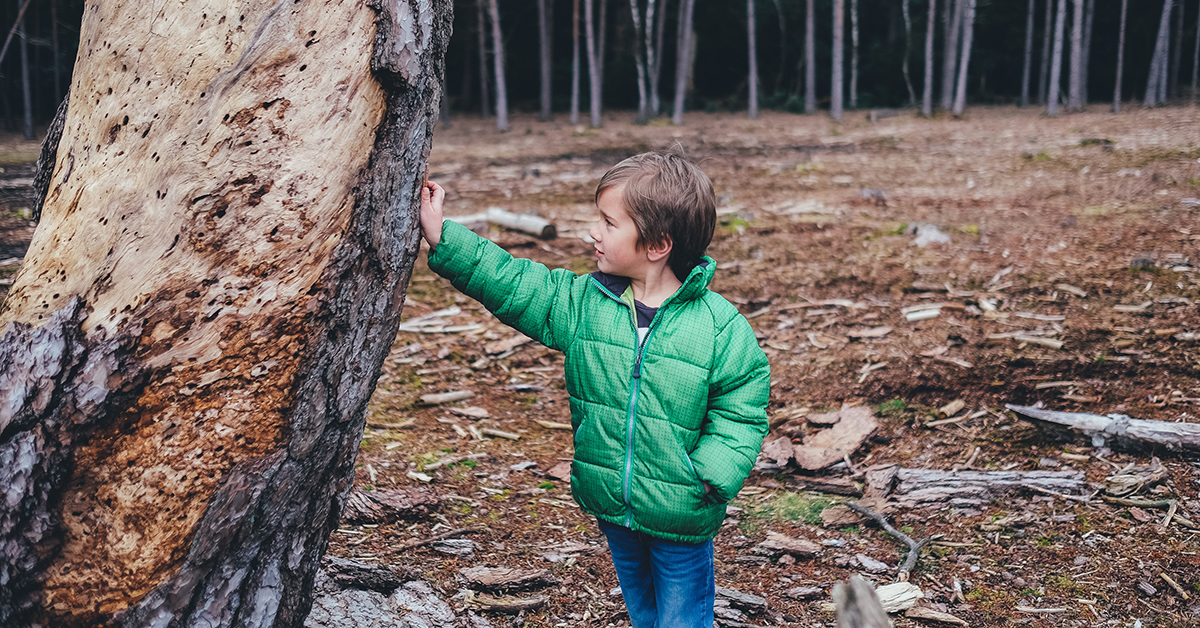
The spiritual domain
Experiencing plants and animals helps children to understand life cycles, and develops the concept that the outdoors is home to our native wild species. This can be extended to include a gathering awareness that humans are also part of this natural eco system, that outdoor landscapes are special places, and that all living things deserve our respect.
Practical considerations
For early years children to gain full benefit from any ‘outdoor classroom’ setting, sensitive adults must always be involved in a capacity appropriate to the type of activities which are being promoted. Indeed, for meaningful learning to take place, Malone & Tranter (2003) consider ‘the use and management of the outdoor space is as important as access itself.’
To inform this important perspective, lecturer in Early Years Education Helen Bilton has assembled 10 guiding principles. This distillation of outdoor educational experience offers important advice on practical considerations influencing the management of teaching and learning outdoors. The diagram in Figure 2.4 gives a flavour of the headline messages contained in the document, and is then followed by a more detailed summary touching on Bilton’s major points of recommended best practice.
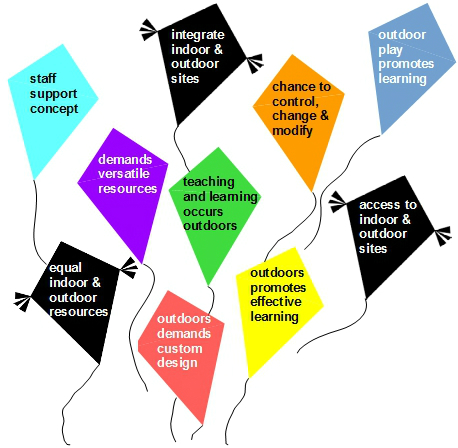
Figure 2.4 Ten guiding principles for outdoor teaching and learning (Inspired by Bilton, 2010)
1. Indoor provision should be combined with outdoor provision, with the aim of creating a coherent facility with essentially seamless transitions.
2. Children should preferably have simultaneous access to indoor and outdoor settings.
3. Both settings should be resourced and managed to the same standards, sending a message that both are recognised as important and equally valued.
4. An outdoor facility must always be used as a teaching and learning environment, otherwise much of the potential impact and benefit of the experience will be lost as it becomes just a ‘playground’ in the worst sense.
5. The effectiveness of an outdoor setting will be influenced by its layout and design.
6. For early years children, outdoor play is a core component of learning – they are simply ‘wired’ to reap the enormous benefits available.
7. An outdoor classroom optimises certain key learning modes which cannot be satisfactorily replicated indoors.
8. Learners need flexible resources and diverse environments to challenge and expand the range of opportunities and modes of response.
9. Learners must be able to control, adjust and rearrange their learning environment to maximise the possibilities available and avoid stereotypical patterns of play.
10. Staff must create an atmosphere which positively promotes outdoor play. They are essentially ‘playworkers’ and never just supervisors on duty.
Given uncompromised access, structured and unstructured play, and skilled, light-touch support, young children will be stimulated to learn, grow and flourish in outdoor settings. Of all the reasons why this should be so, perhaps the most important, as Bilton again reminds us, is that they are doing what comes naturally to them in the best possible environment:
‘… children learn to talk, and talk to learn, they learn to move and move to learn, they learn to play and play to learn, learn about their senses and they learn through their senses. All of these are vehicles by which they can learn, and all are more easily accessed outside.’ (Bilton, 2010)
References


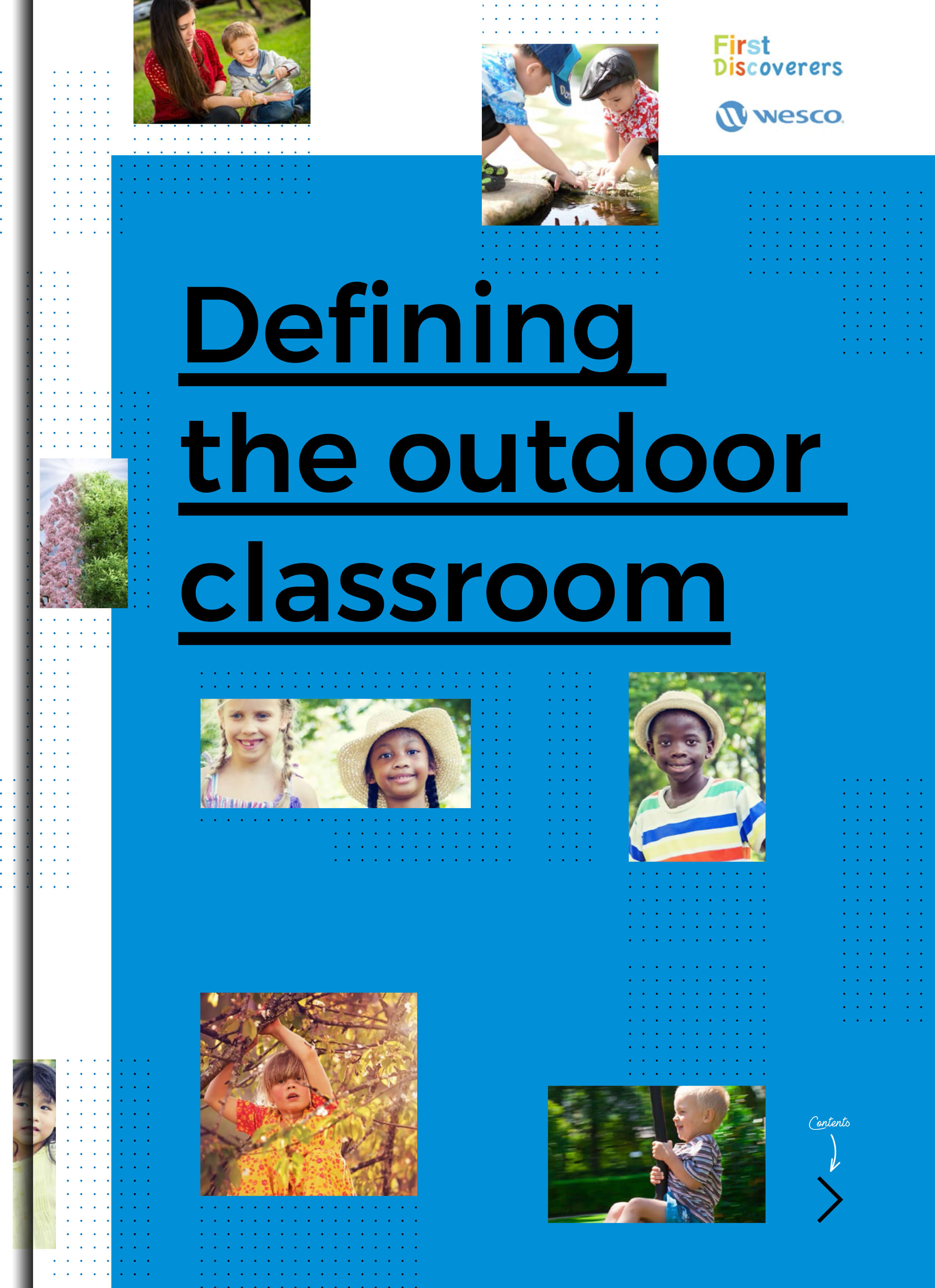
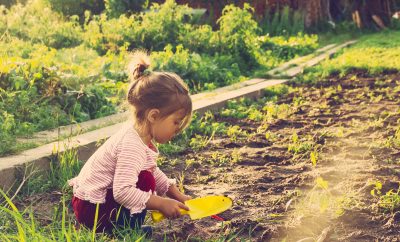
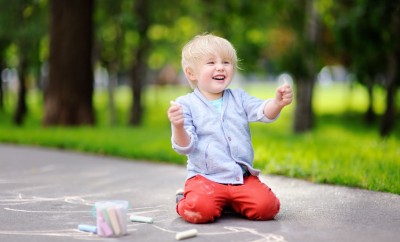
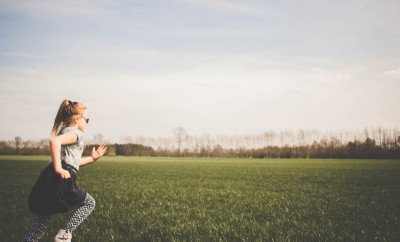

You must be logged in to post a comment Login